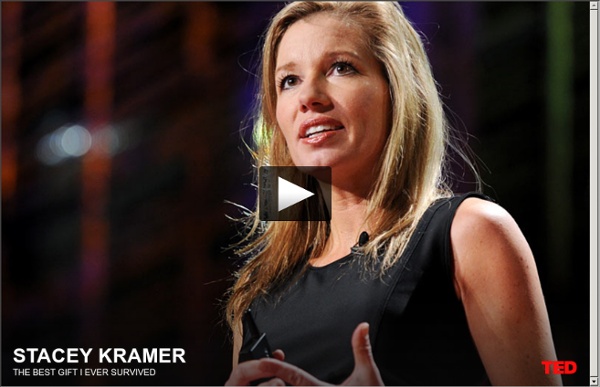



The 20 most-watched TED Talks as of August 2012 TEDTalks The 20 most-watched TEDTalks (so far) Today, on the fifth birthday of TEDTalks video, we’re releasing a new list of the 20 most-watched TEDTalks over the past five years — as watched on all the platforms we track: TED.com, YouTube, iTunes, embed and download, Hulu and more … What a great, mixed-up group this is! Talks about education and creativity, sex […] Playlist The 20 most popular TED Talks, as of December 2013 UPDATED: To see all these talks at one click, check out our updated Playlist: The 20 Most Popular Talks of All Time.
claes f janssen I am a Swedish psychologist and writer. I am not completely unknown abroad. At an international conference in Mazatlan, Mexico, in 1996, I shook hands with a woman who asked me, when she heard my name: »Are you The Four Rooms of Change?« That felt good. 100 Websites You Should Know and Use (updated!) In the spring of 2007, Julius Wiedemann, editor in charge at Taschen GmbH, gave a legendary TED University talk: an ultra-fast-moving ride through the “100 websites you should know and use.” Six years later, it remains one of the most viewed TED blog posts ever. Time for an update? We think so. Below, the 2013 edition of the 100 websites to put on your radar and in your browser. To see the original list, click here. And now, the original list from 2007, created by Julius Wiedemann, editor in charge at Taschen GmbH.
Science & Environment - Why Gladwell’s 10,000-hour rule is wrong There’s no magic number for becoming a world-beater, says science writer David Bradley, just ask the psychologist whose research formed the basis of the popular idea. Being exceptional at something is often attributed to one’s genes. Talent is passed down from parents or grandparents it seems, whether it is musical or artistic skill, ability with numbers or being great at juggling. No doubt there are significant genetic factors involved, but there are almost certainly environmental factors in the mix too. Perhaps the two work together, one boosting the other, so that those remarkable genes give rise to remarkable talent only if the skills are suitably nurtured. However, many people now recognise that talent is learned and earned through extended and intense practice of a skill. This idea is encapsulated in a golden rule made popular by the writer Malcolm Gladwell in his book Outliers. Ericsson and his colleagues discovered a similar pattern in professional and amateur pianists.
Thinking Space | Ben Burbage Thinking is something that has become more of a chore than a habit in this fast paced day and age. Most of our processes are duplicates of previous actions, “We’ve been here before, we’ll do what worked last time.” Leaving us feeling edgeless and trapped. Awakening your thinking powers has automatic effects on your life: It allows for growth and heightens your problem solving abilities. There are three main forms of thinking: Reflective, Creative and Critical. As dazzling as this may seem, it’s simple to make sense of it. The beauty of reflective thinking is that it requires you to do nothing and to refrain from straining. Creative, or lateral thinking is looking at things in a ‘non-linear’ way. For example, your company is trying to improve it’s cash flow. To add a level of superiority to your creative or lateral thinking you should develop a talent in implementing ideas, making things happen. Example, “Our customers want more support.”
Questionário Fatorial de Personalidade | Cegoc Questionário constituído por 185 itens que avaliam um total de 16 dimensões primárias: AfabilidadeRaciocínioEstabilidadeDominânciaAnimaçãoAtenção às normasAtrevimentoSensibilidadeVigilânciaAbstraçãoPrivacidadeApreensãoAbertura à mudançaAutosuficiênciaPerfecionismoTensão A combinação destes traços permite a obtenção de resultados para 5 fatores de segunda ordem, identificados como dimensões globais: ExtroversãoAnsiedadeDurezaIndependênciaAutoControlo Uma análise mais detalhada do perfil de resultados permite retirar informações quanto ao potencial de liderança, à criatividade, à empatia, às competências sociais, à autoestima e à capacidade de adaptação/ajustamento do sujeito. O questionário inclui três escalas de validação, identificadas como ‘estilos de respostas’: Manipulação da Imagem, Infrequência e Aquiescência. O 16PF-5 é uma medida de largo espetro da personalidade normal e com uma vasta área de utilização (escolar, clínica, orientação, organizacional e investigação).